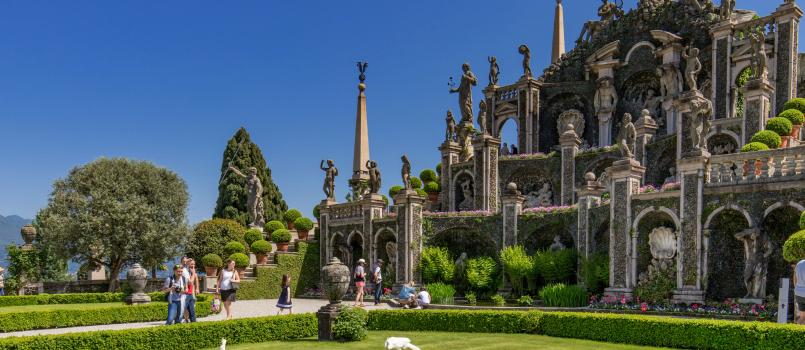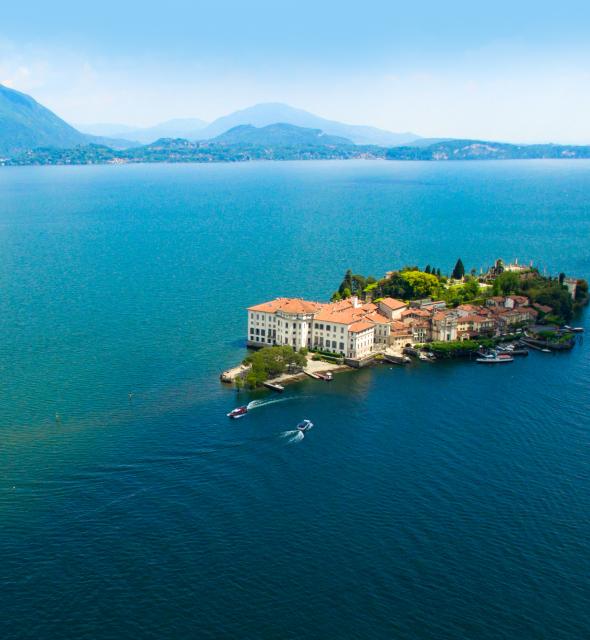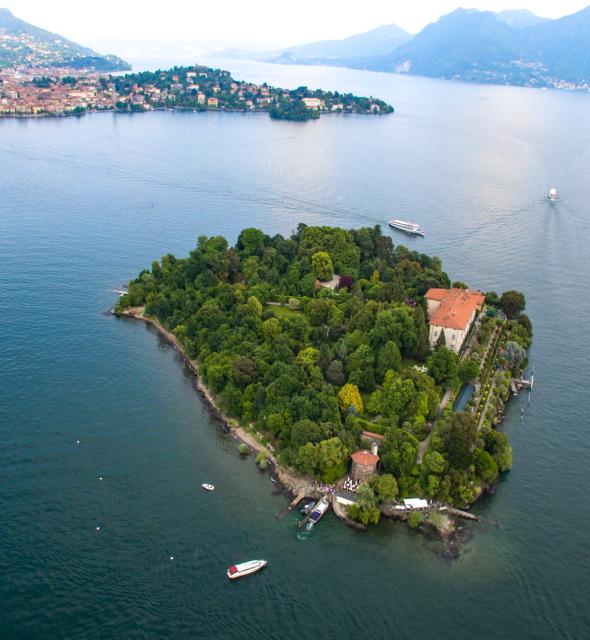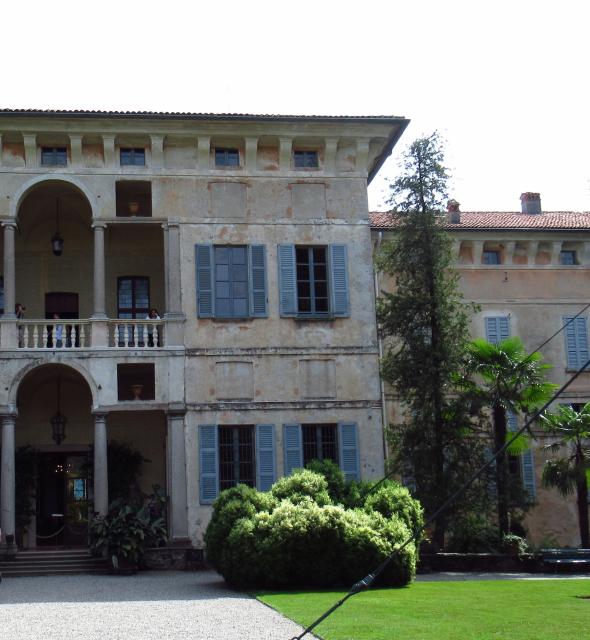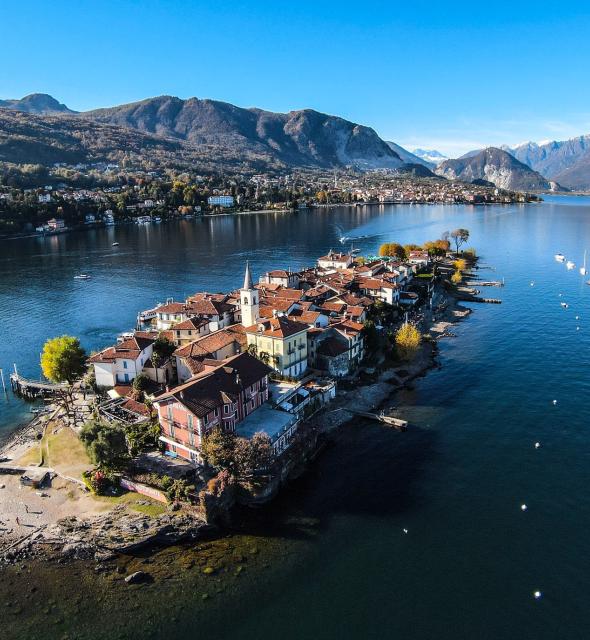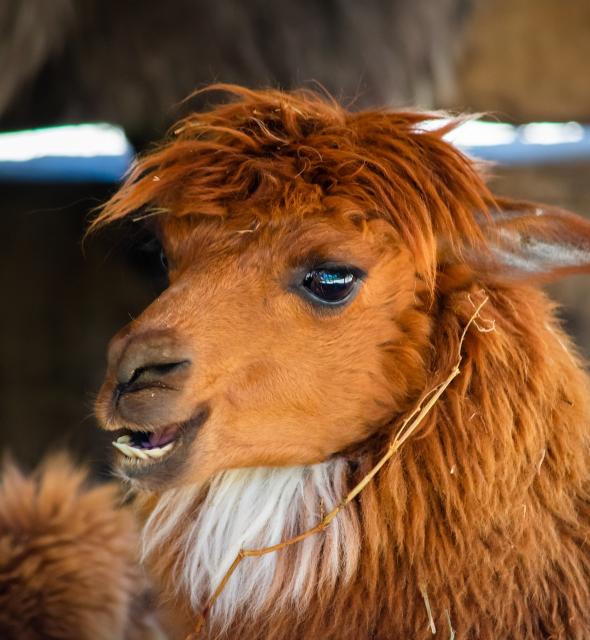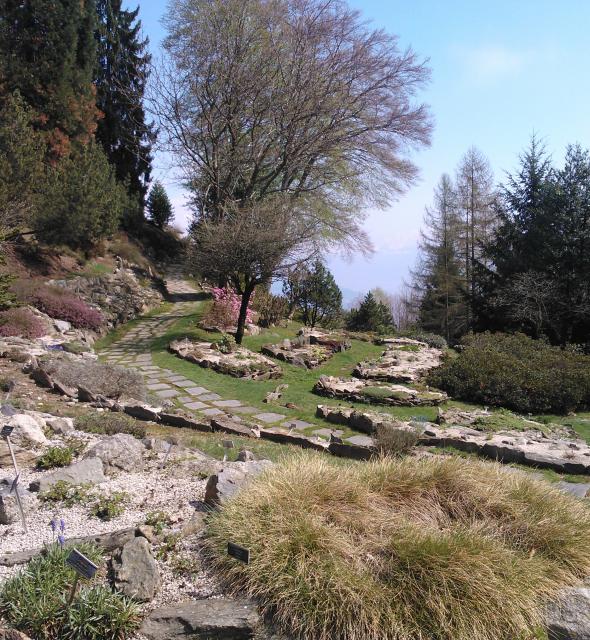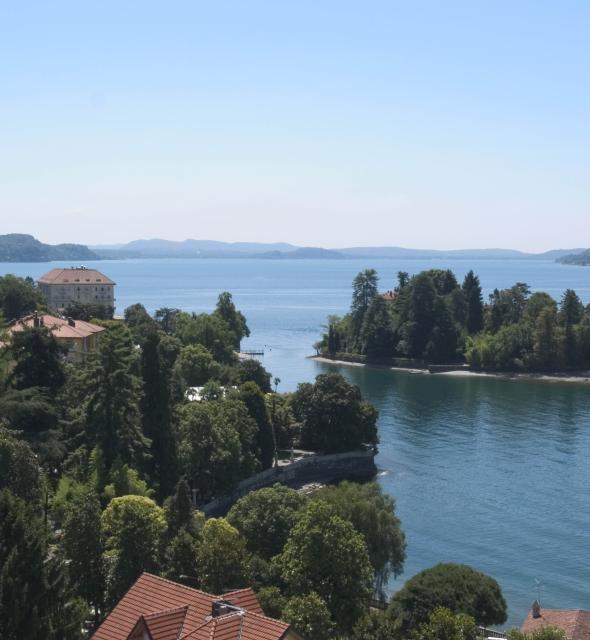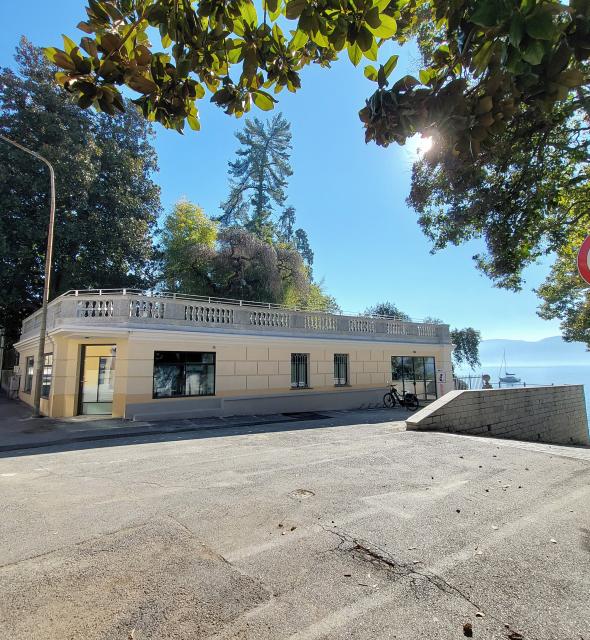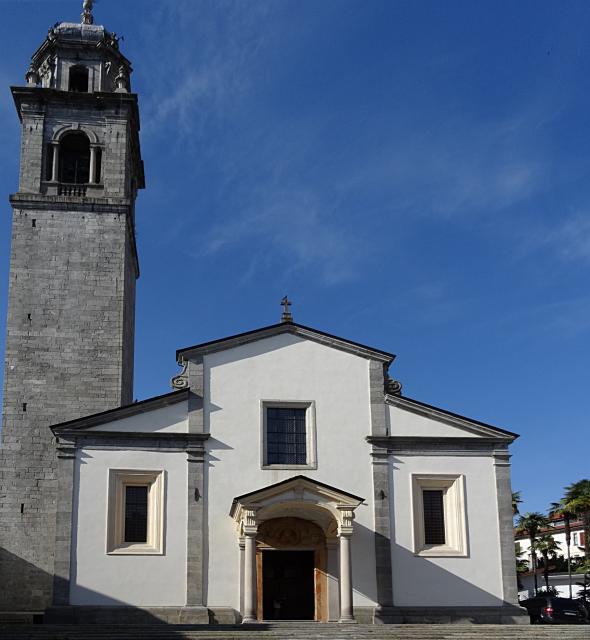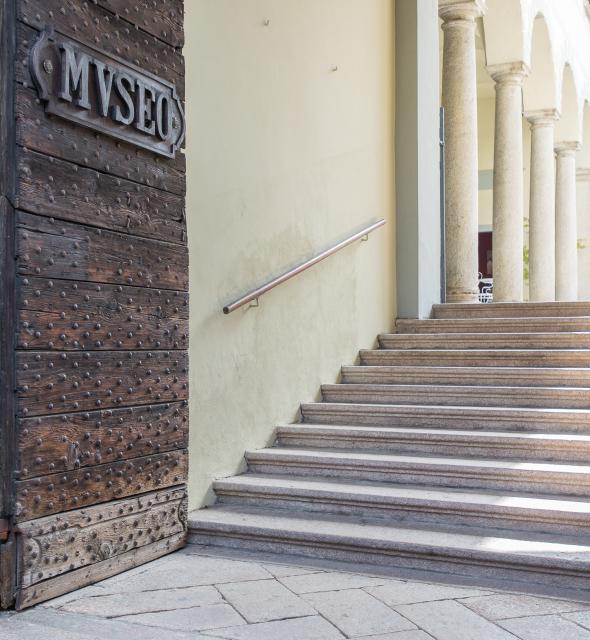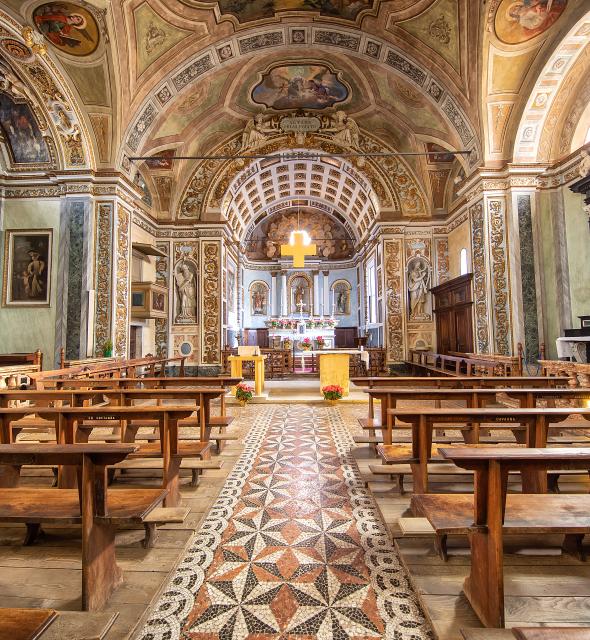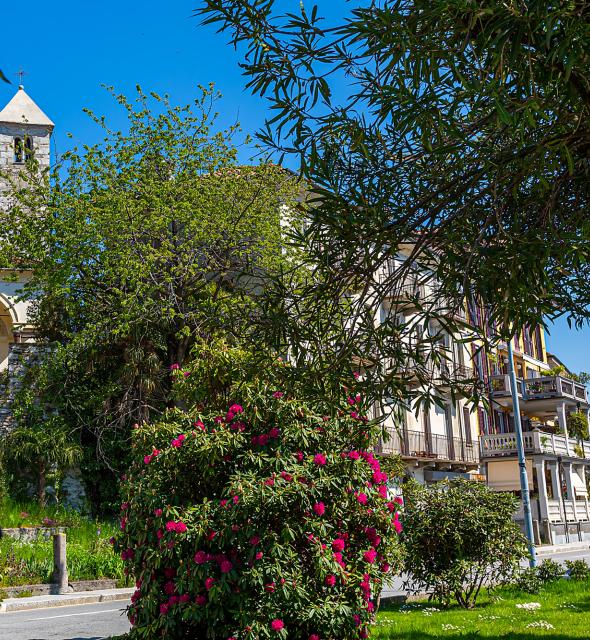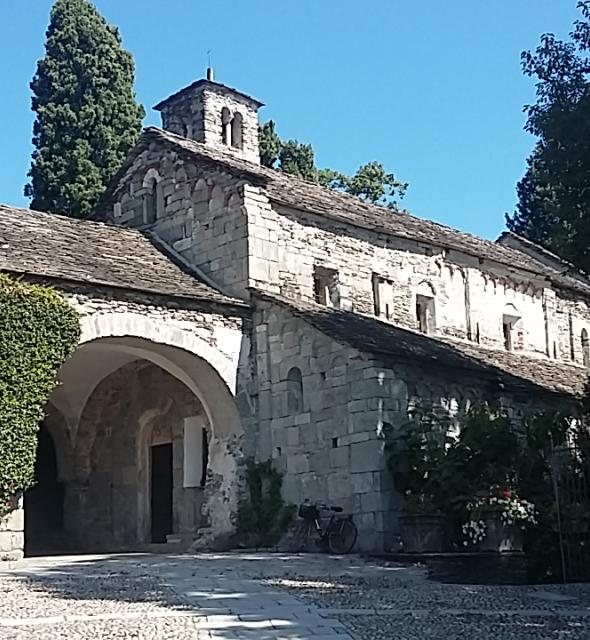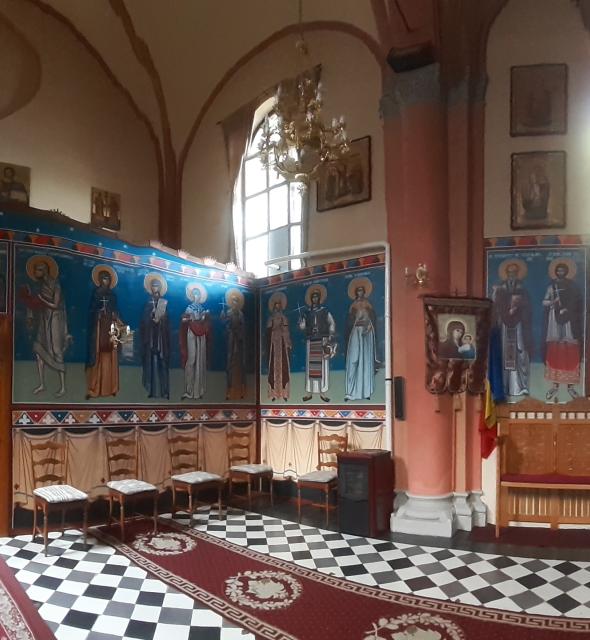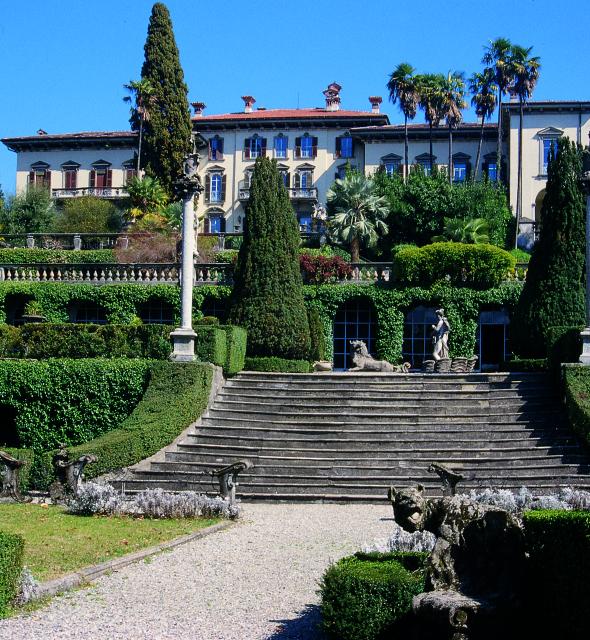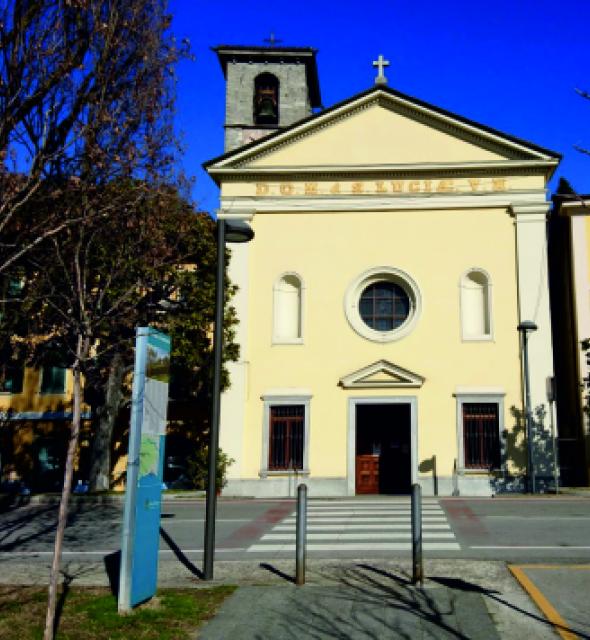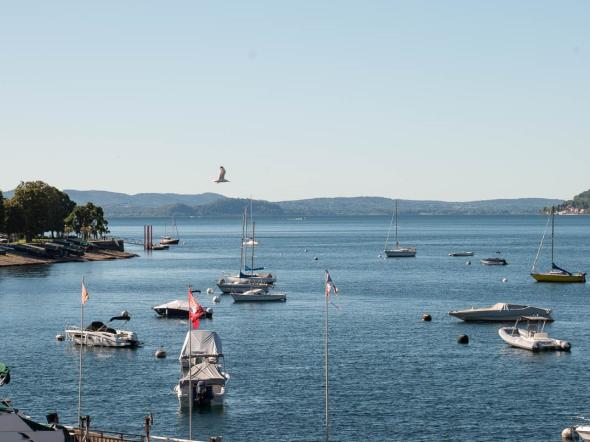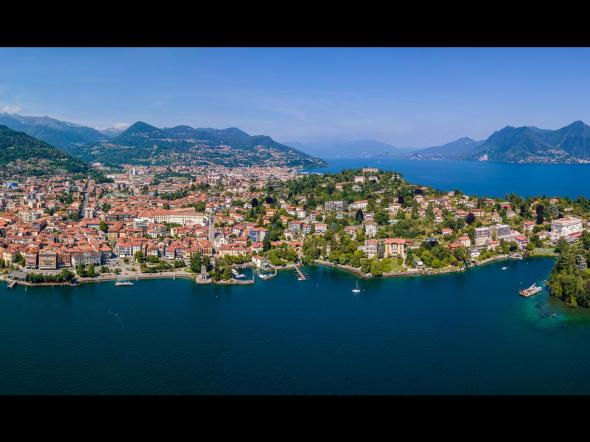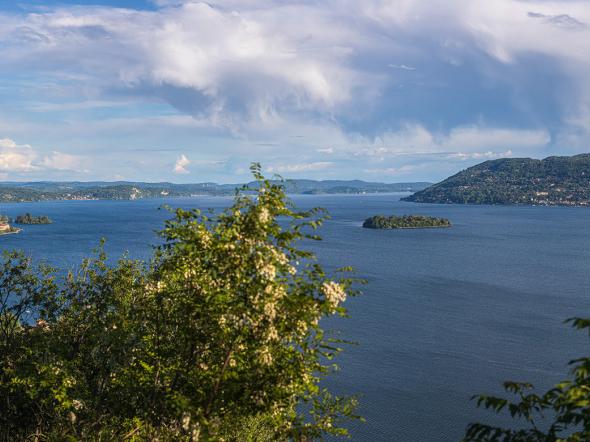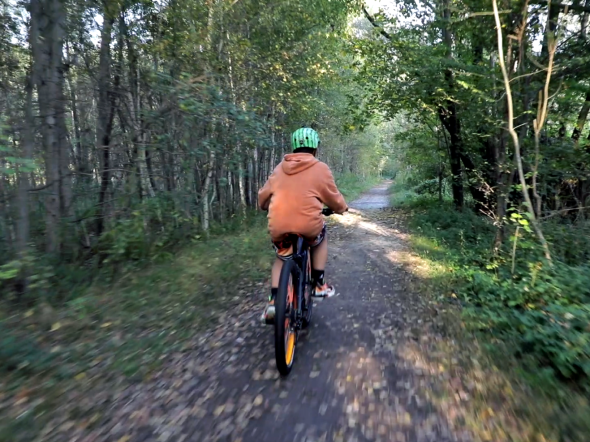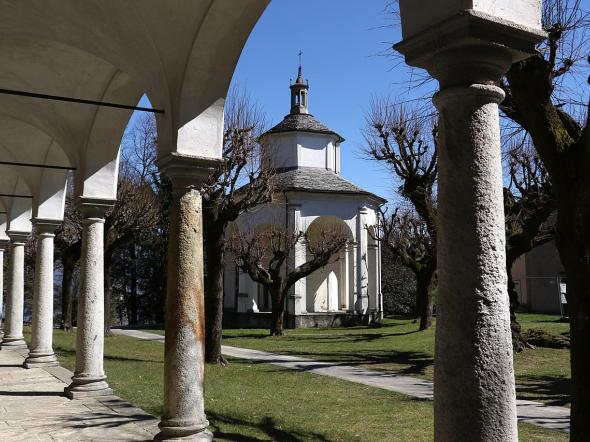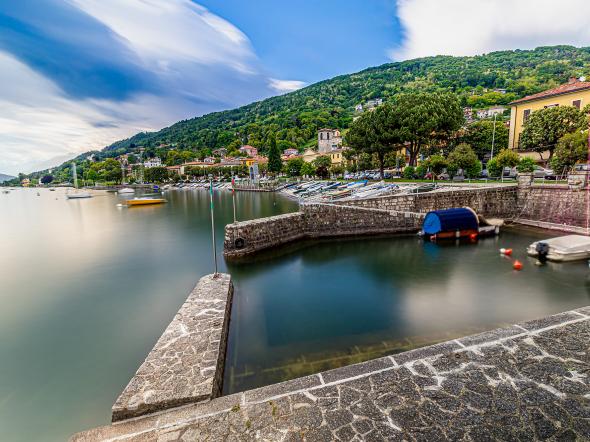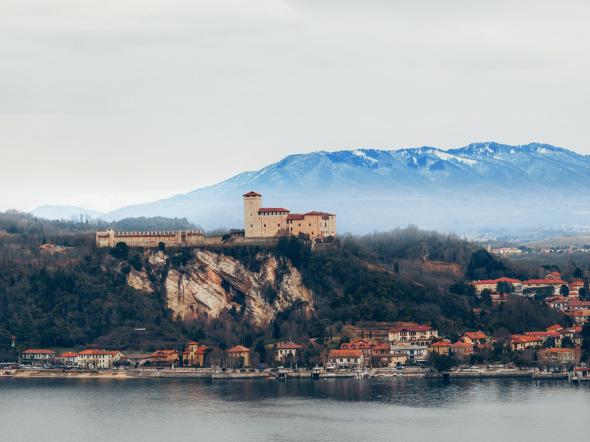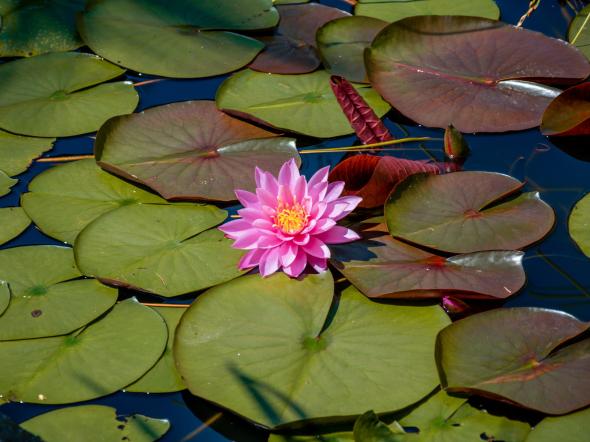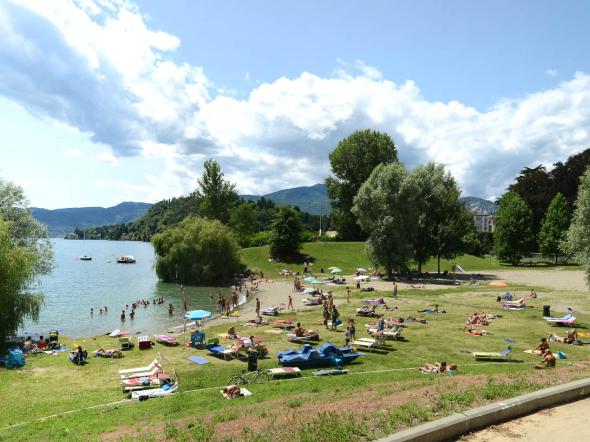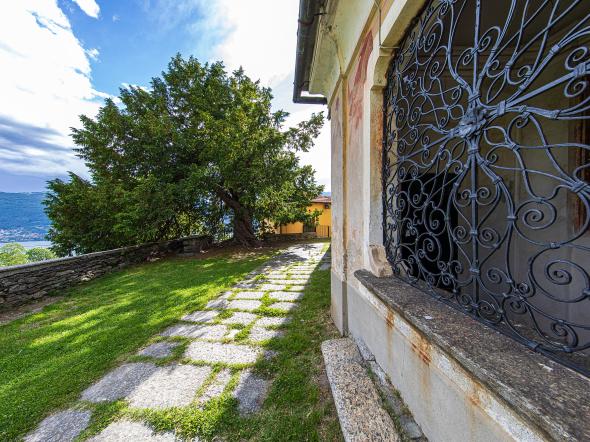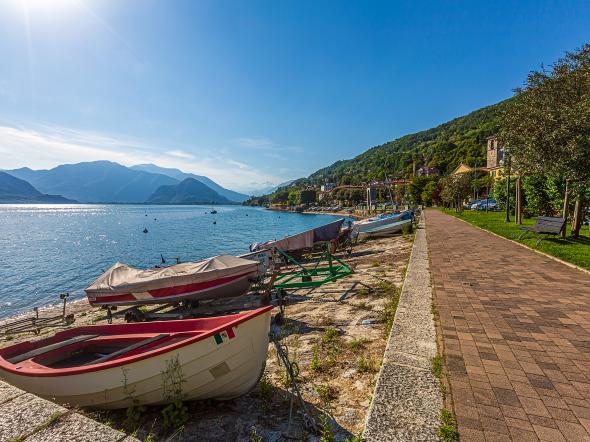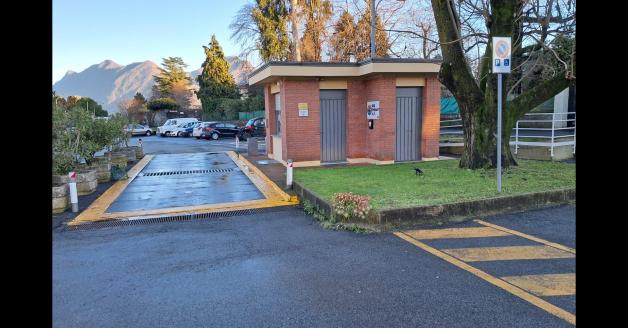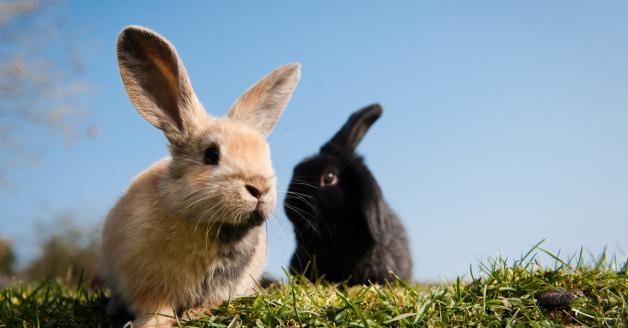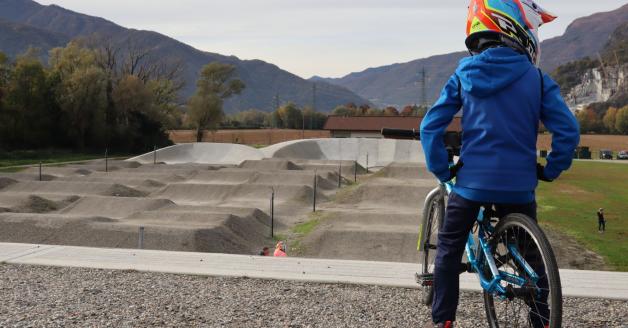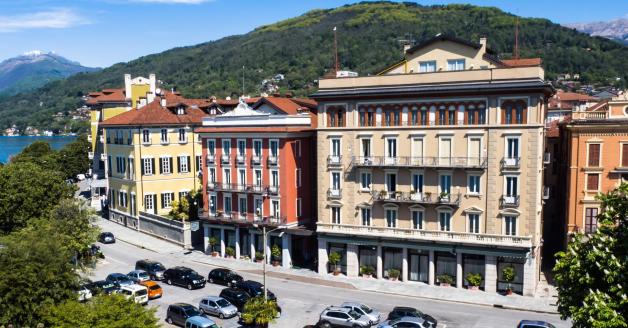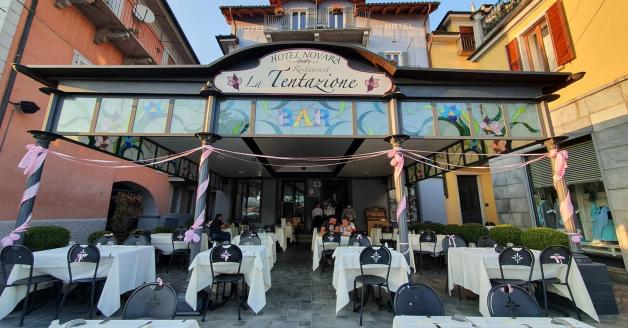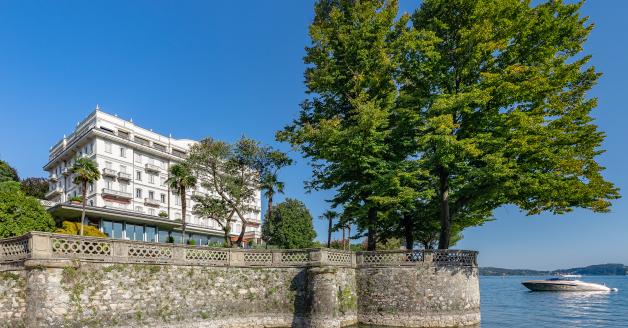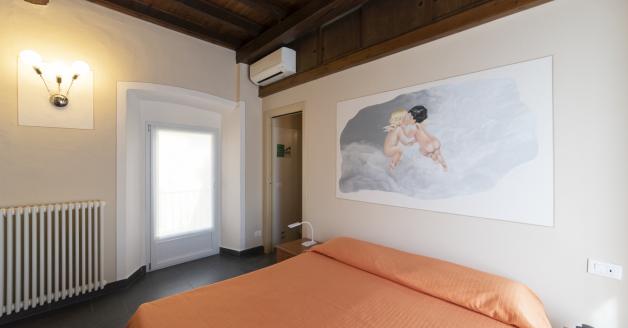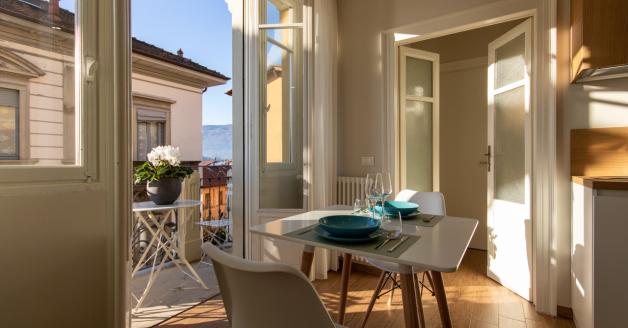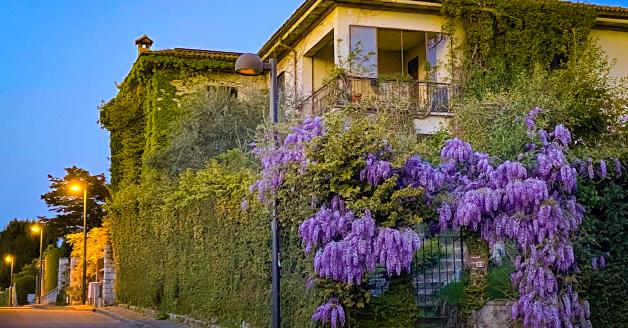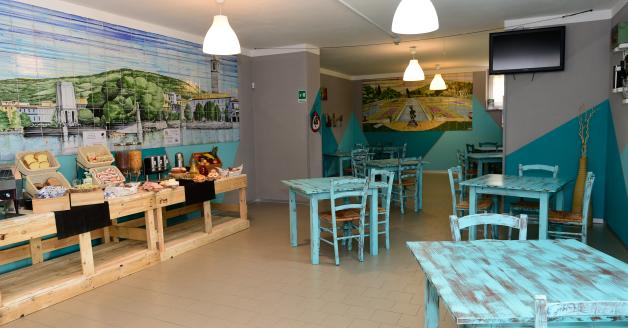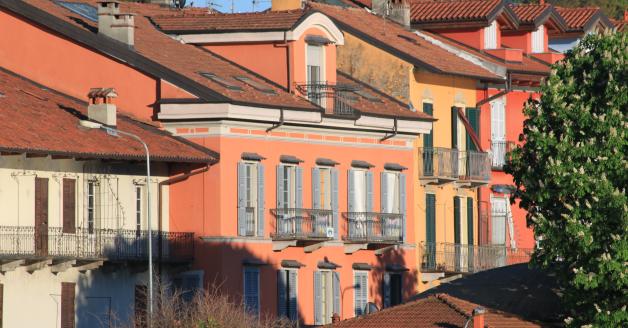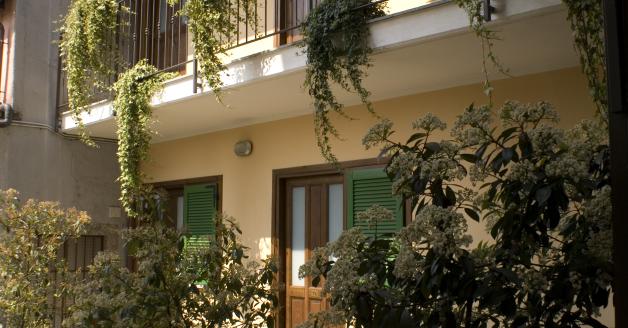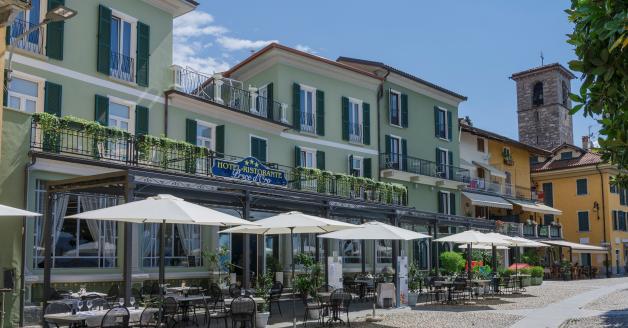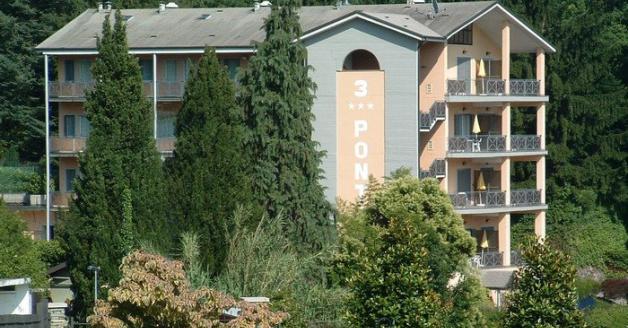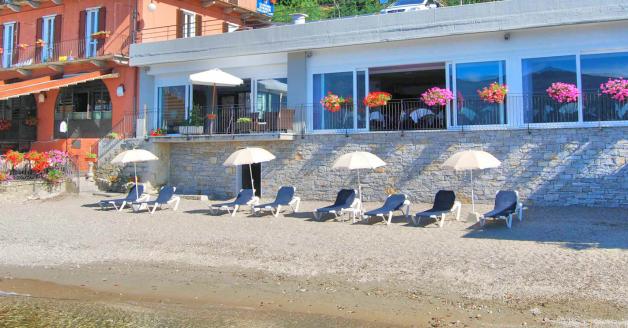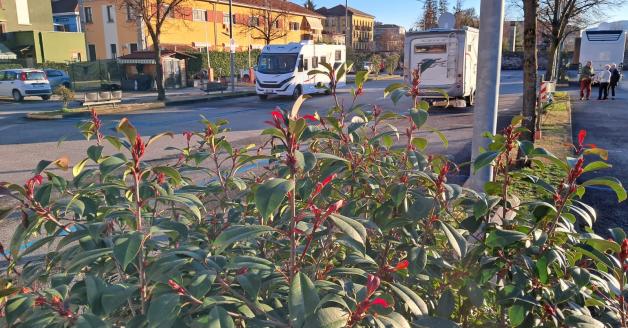Isola Bella - Stresa
If you wish to imagine how the nobles entertained themselves on summer evenings 300 years ago, don’t miss the complex theatrical structure, Teatro Massimo, in the centre of the Isola Bella Gardens. Performances and parties had, as a backdrop, this phantasmagorical allegory of myths linked to natural elements, and the personification of rivers and lakes, transformed into statues by sculptor Carlo Simonetta, set amongst obelisks and fountains.
On the summit, the spectacular terraces are dominated by a colossal statue of the Unicorn, the Borromeo family’s heraldic symbol. The sense of wonder and the pursuit of the unexpected that permeated Baroque poetics finds its full glory here.
The Isola Bella garden was created between circa 1631 and 1671, but various modifications took place throughout the eighteenth and nineteenth centuries up until the arrival of the passionate naturalist Vitaliano IX Borromeo who increased the number of exotic botanical varieties flourishing in this ideal habitat on the shores of the lake.
From the Palace, the gardens are accessed from Diana’s atrium where the statue of the Goddess is placed in an open polygonal space enclosed by a rear niche. Two lateral curved stairways lead to the Serra Botanica and to the ‘piano della Canfora’ where, since 1820, the monumental Cinnamomum camphor tree has stood, as mentioned by Antonio Fogazzaro in his novel ‘Piccolo mondo antico’ (The Little World of the Past).
In addition to the majestic camphor plant, which lends its name to this part of the Botanical Garden, there is another botanical centenarian. A superbly pruned pyramid yew, which is said to have even impressed Napoleon during his stay in 1797.
The splendid gardens vaunt a riot of blooms and rare plants: the Gunnera manicata with its giant leaves that can reach up to 2 meters in diameter, the Olea Fragrans with tiny scented flowers, the Halesia Diptera and its florae that resemble snowflakes, Star Anise, and the Mexican Pine to name a few.
From the top of the terraces, visitors are enchanted by every bloom that vibrantly transforms the Isola Bella gardens: azaleas, box hedges, camellias, roses, oleanders, citrus fruits and hydrangeas add superb vibrancy to the Italian garden where white peacocks saunter nonchalantly around the magnificent grounds.
Since 2002, the Isola Madre gardens, together with those of Isola Bella, have been included in the prestigious British Royal Horticultural Society circuit.

